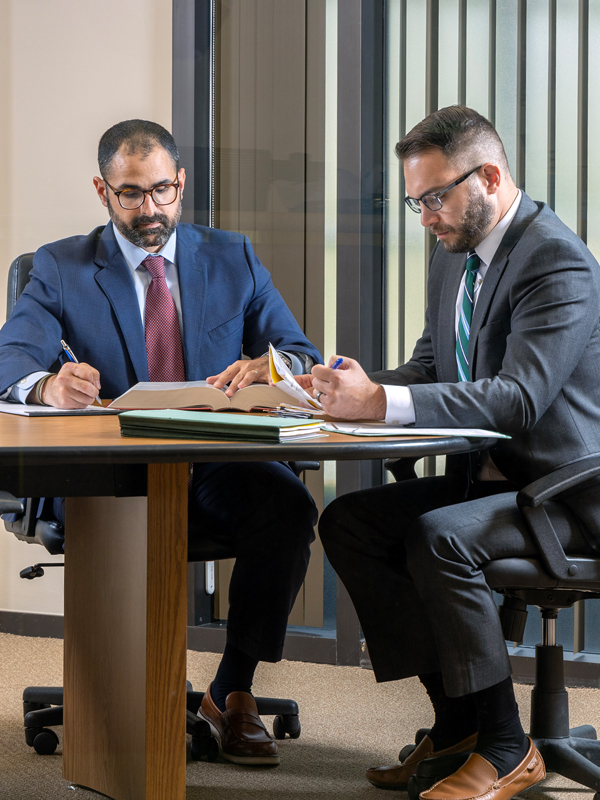- Free Consultation - Call 24/7: (603) 883-4100 What's My Case Worth?
The Dangers of the School Bus Stop: Tips for Prevention of Accidents
It’s almost back-to-school time! Parents and children alike need to know some facts about the school buses they rely on for school and other activities that use school buses.
Some 25 million students nationwide begin and end their day with a trip on a school bus. Designed for safety, with flashing lights, giant mirrors, high seat backs and that bright yellow color, school buses keep more than 17 million cars away from school buildings every day.
School buses are the safest way to get to and from school. Riding a bus to school is 13 times safer than riding in the family vehicle and 10 times safer than walking.
However, we’ve all heard or read about children being injured or killed when getting on or off a school bus. Despite the flashing lights and stop signs that extend out from the bus, some drivers fail to stop and drive around those vehicles. ‘Why would someone do that?’ you might ask. Are they talking on their cell phone? Texting? Eating? Drinking? Any of those activities or other distractions that take eyes off the road, could lead to a tragedy. The best defense is a good offense when it comes to school bus and school bus stop safety.
What is a School Bus ‘Danger Zone’?
The Danger Zone is a 10 foot-wide area on all sides of a school bus – an area where children are in the most danger of being hit. Children should stay 10 feet away from the bus (or as far away as they can) to be out of the Danger Zone and never go behind the bus. They should take five giant steps in front of the bus before crossing so the driver can see them.
Let children know that drivers don’t always obey the law and stop when a school bus does. When getting on or off the bus, they should always look both ways if they’re crossing a street and cross in front of the bus.
In addition to motorists, parents should alert their children to other dangers which, sadly, can occur at school bus stops.
Here are some suggestions to communicate to your children as the school year approaches, which you can tailor to be age-appropriate. It is not our intention to frighten people about the possibility of abduction or violence at school bus stops, but sharing this information could help improve child safety.
Things to Watch Out for
- Suspicious people; odd behavior
- Strangers hanging around the stop
- Strangers offering you a ride
- Someone taking pictures
- Gang members or gang activity (do not get off the bus)
- Bullying (Students threatening, shoving, hitting or hurting you or others, stealing lunches, backpacks, books)
- Unusual packages left at the stop, such as packages with wires or leaking fluid (do NOT touch)
- Weapons
- Students or others talking about weapons or violence
- Unfamiliar animals, wild or domestic
What to do
If you see someone or something suspicious, tell your school bus driver or attendant right away. They have been trained to know what to do. Follow their directions in an emergency. Tell a parent, teacher, principal or other adult – not just a friend – as soon as possible.
We at the Granite Law Group wish the world were a safer place, but we all need to be alert to the many possible situations in which injury or death can happen around school buses and school bus stops. School bus and bus stop safety are very important, and we encourage you to share the above information with your family and friends.
The Granite Law Group obtained a $1.7 million settlement for a kindergarten student who had just gotten off the bus and was crossing in front of the bus when the bus drove over her causing a pelvis fracture. The mirrors on that bus were not properly adjusted so that the driver could not see the child in front of the vehicle. This case spurred the development of the safety bar in front of buses that extends so that the children must walk around the bar thereby remaining within the line of sight of the driver.
If you or a loved one was injured in a school bus accident, call the Granite Law Group today for a free consultation.














